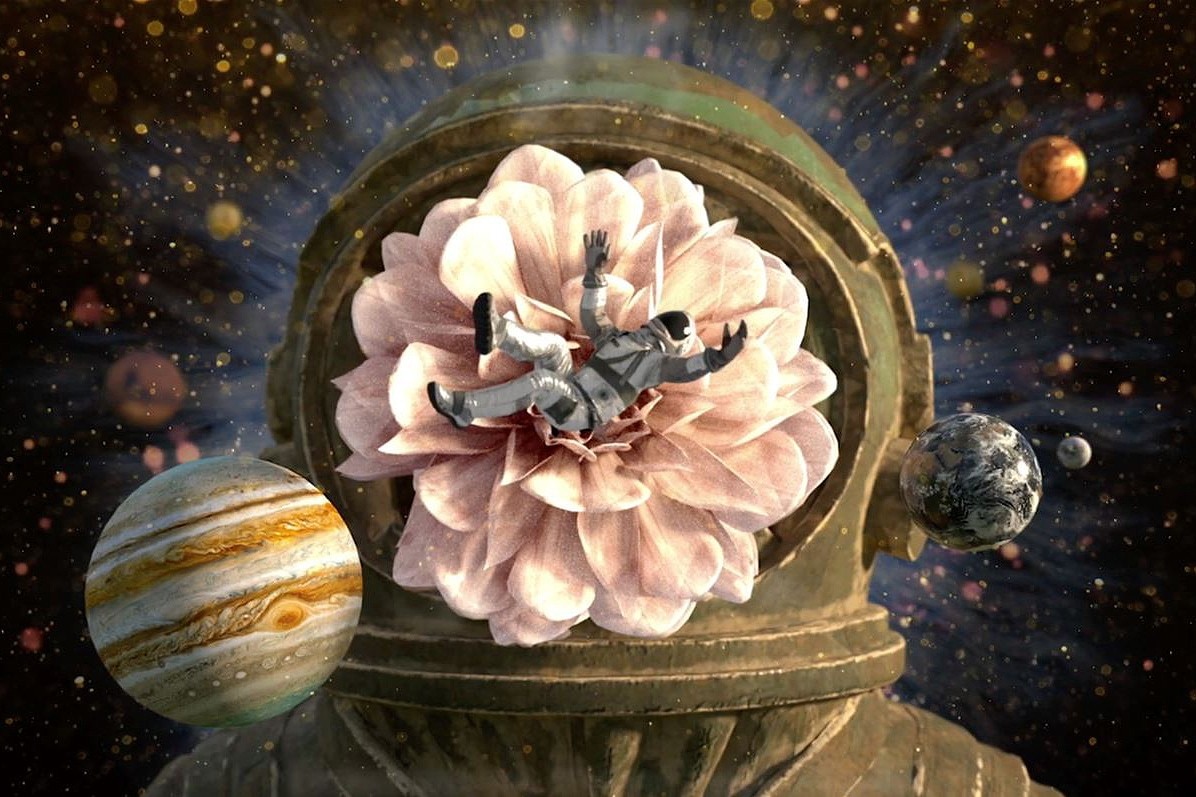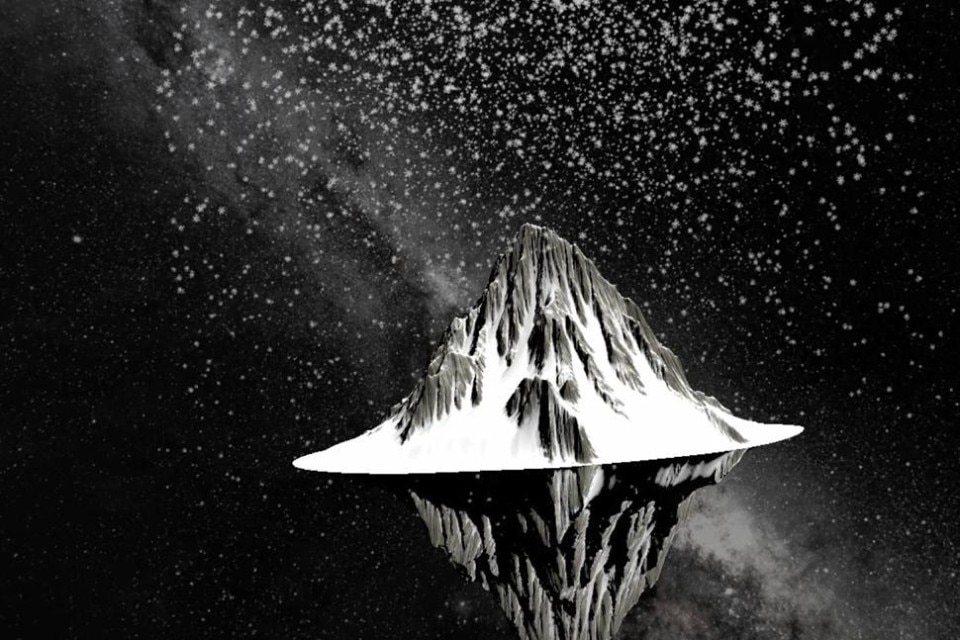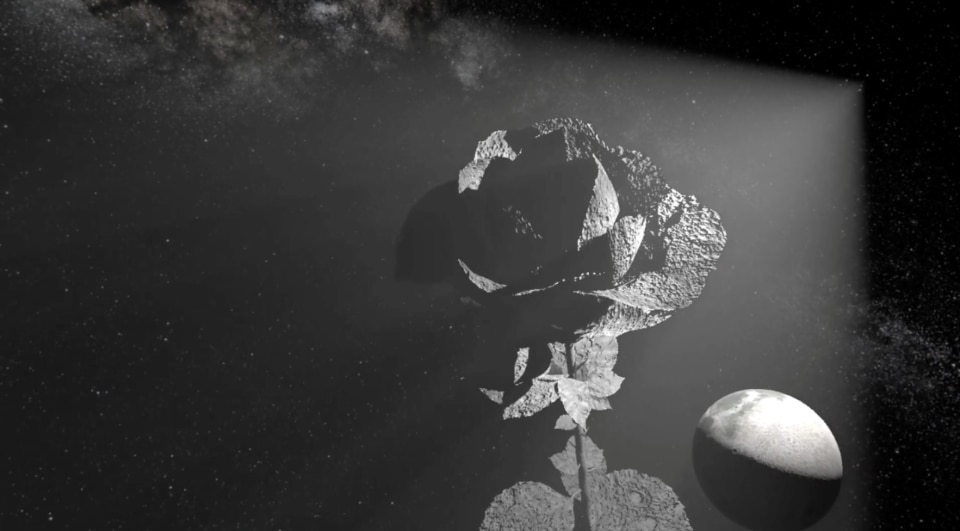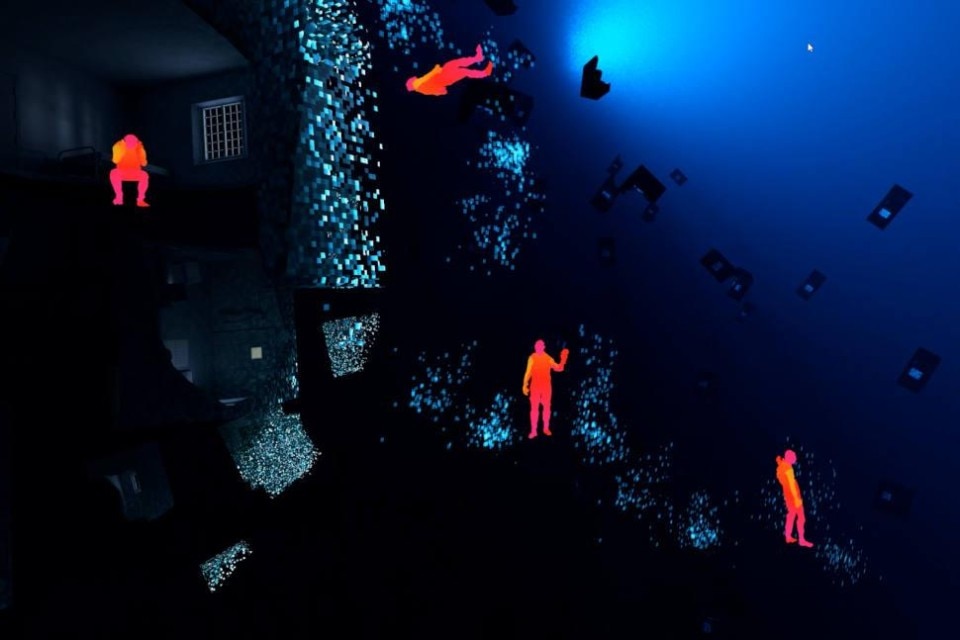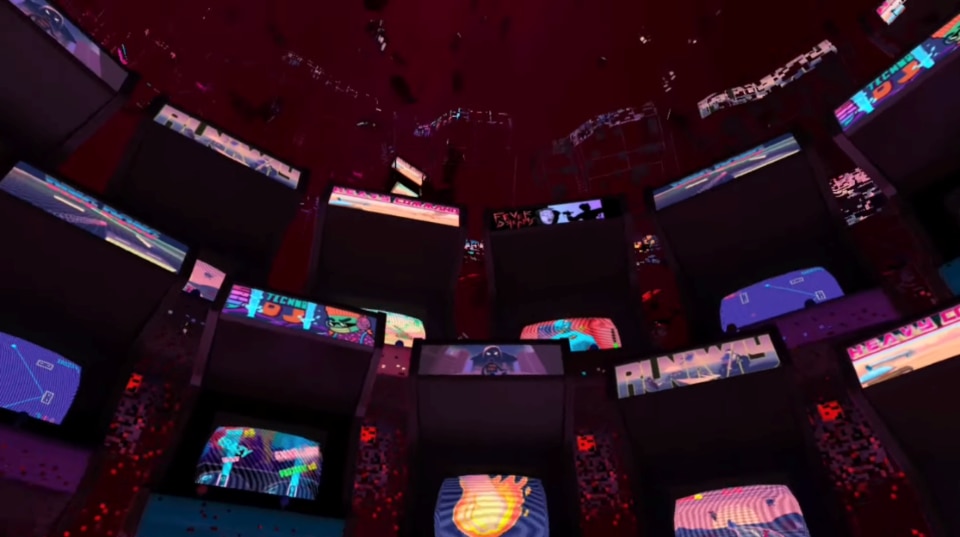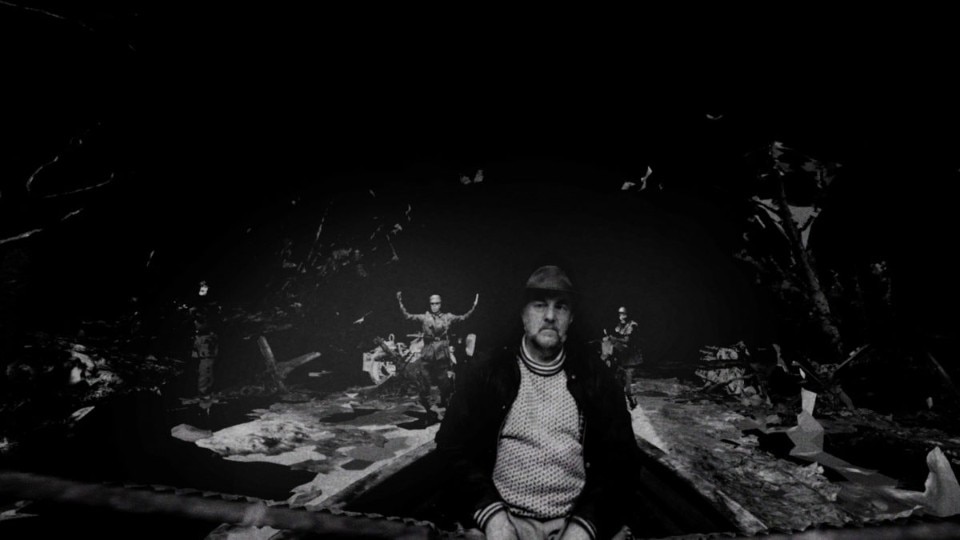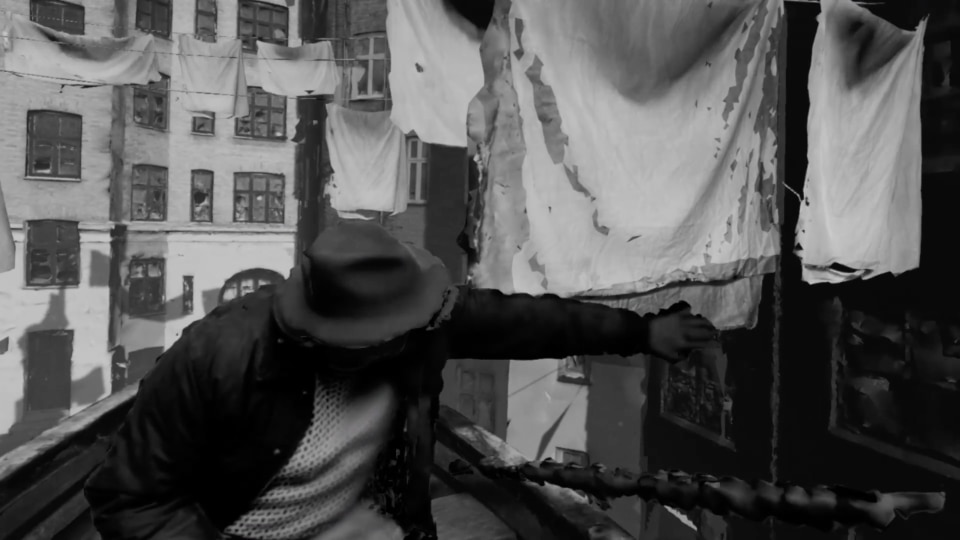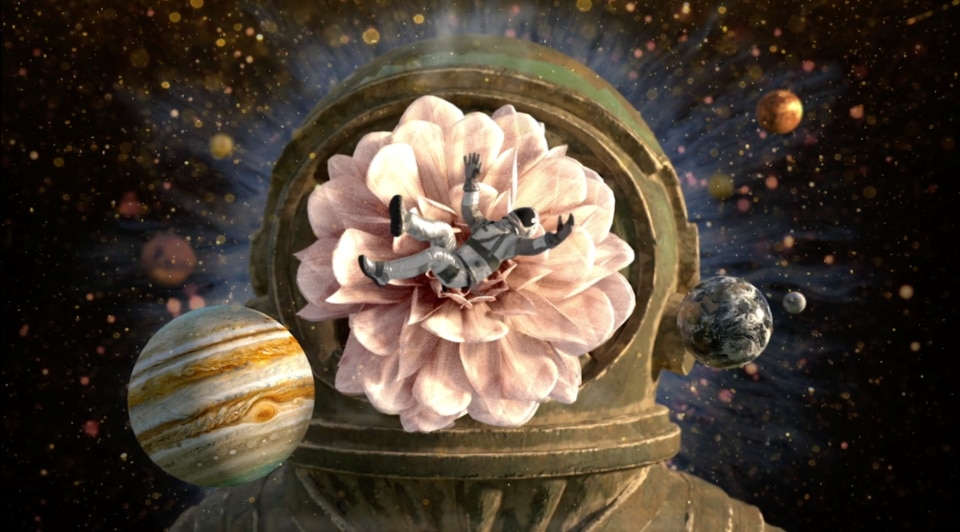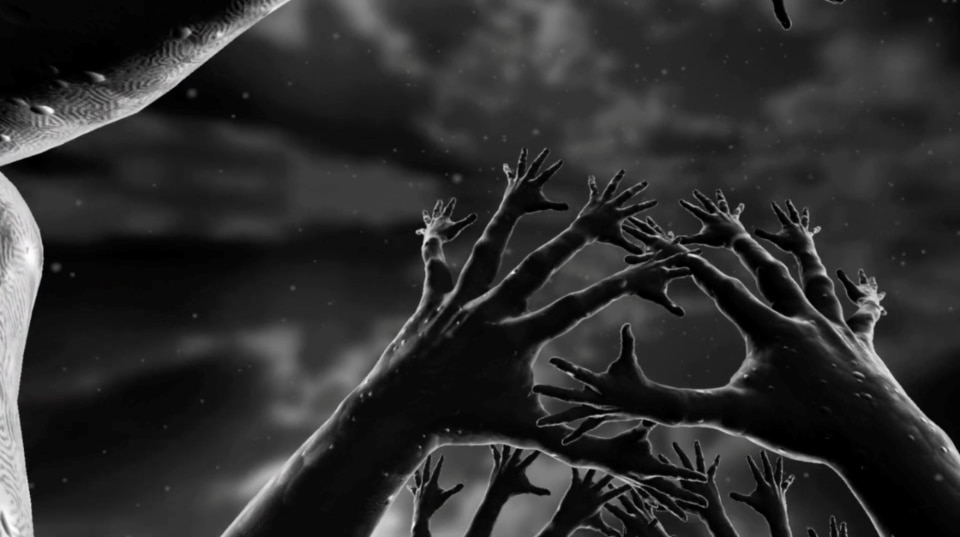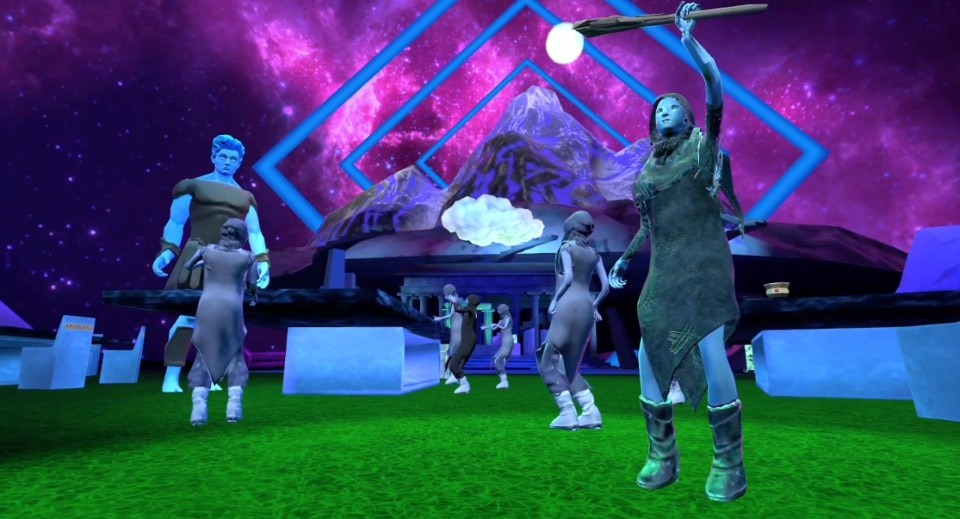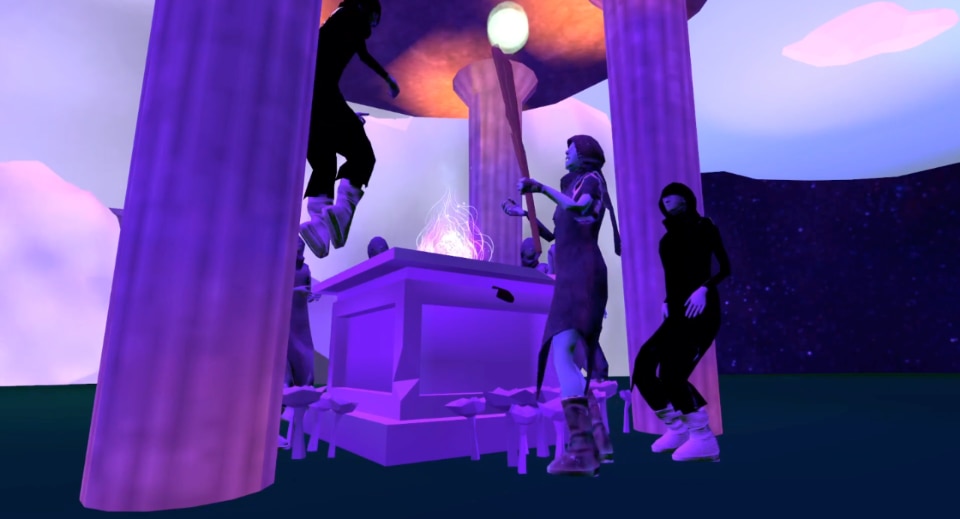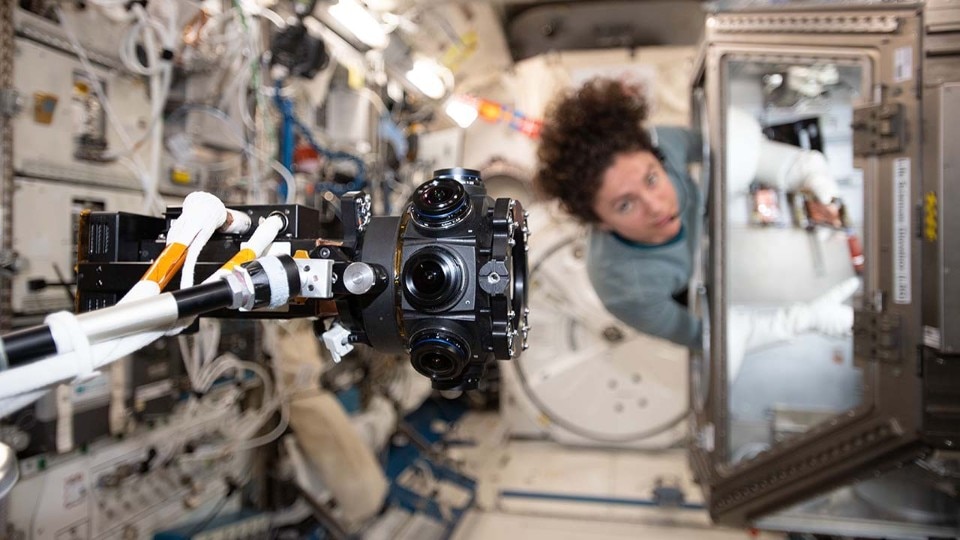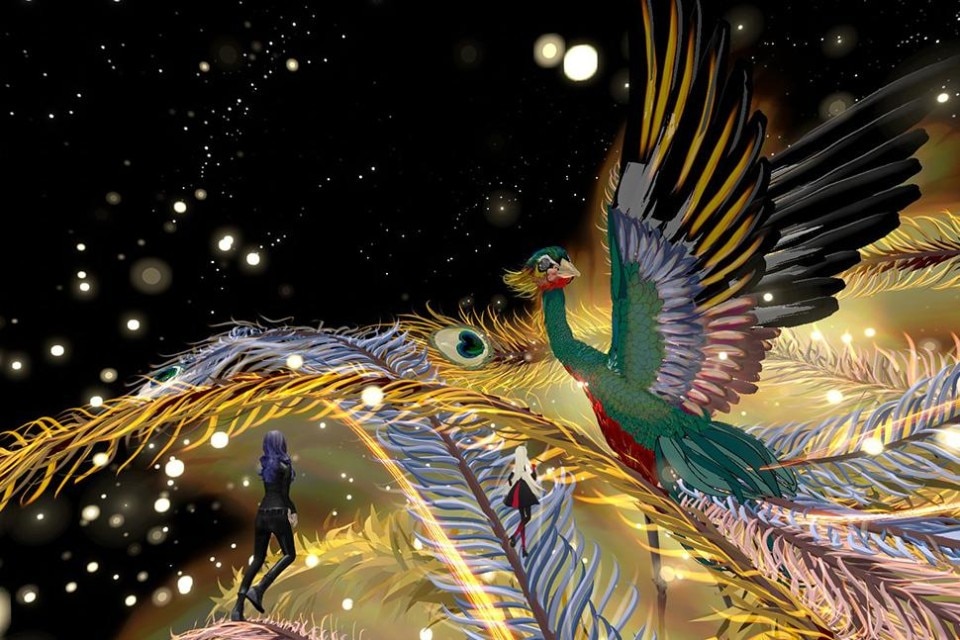In an episode of the animated television series South Park, which aired in 2014, the very funny yet despicable Eric Cartman tricks poor Butters into believing that, by wearing a pair of clear plastic goggles and headphones, he will be able to immerse himself in virtual reality. He succeeds in making him behave embarrassingly in their elementary school halls. Butters soon starts to enjoy it, and in a rush of Grand Theft Auto-style madness ends up beating up his father, driving without a license, and even getting stabbed by a prostitute.
Deception and immersiveness are two recurring themes in the VR world. Deception, because while one is immersed in a new reality, the real world is hidden by the visor. But also because the staggering sums of money that have been spent on this industry have made it seem for many years that these investments were a costly washout, a promise of innovation that was being long in coming. “Nobody understands it but everyone wants in”, they said in 2017 on Silicon Valley, the cult series for geeks and digital enthusiasts. “Any idiot could walk into a fucking room, utter the letters ‘v’ and ‘r’, and VCs would hurl bricks of cash at them”.
We were so shielded from the criticism about VR that we didn’t realise that in the meantime something was actually happening, and that artistic and narrative experimentation linked to this new immersive medium was taking giant steps forward. In the last five years, thanks to the rapid implementation of 360-degree cameras, in the case of films and documentaries, and of graphics engines, in the case of videogames and 3D animation (cybersickness aside) VR has come close to becoming what we had long been promised - a place where everything that can be imagined becomes reality, or rather... fiction.
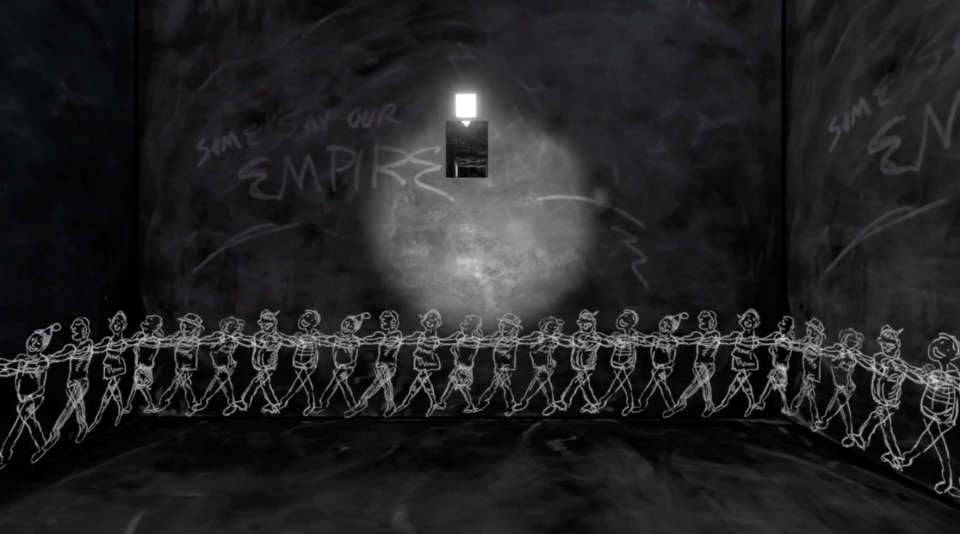
And even though conceptually we have not gone that far beyond the imaginative vision of the SimStim, that marvellous object invented by William Gibson almost forty years ago capable of immersing the person wearing it in someone else’s sensory and perceptive experience, it is also true that in reality, the dimension of the subjective point of view (POV) has yet to be explored. Works such as Goliath (2021), in which we experience the perception of reality from the subjective point of view of a person suffering from schizophrenia and re-entering society thanks to multiplayer games, or Samsara (2021), a karmic path that leads us into the body of various human and animal species through reincarnation, have taken this exploration to the extreme. In the field of art and film, VR today has established itself as an extremely varied narrative medium that is currently being defined, and therefore is - as we tend to say - liminal.
We might say it, but only few have actually experienced with their POV what is happening in this field. Liz Rosenthal is the permanent curator of Venice VR, which takes place during the Venice International Film Festival, and of Red Sea Immersive, the VR section of the International Red Sea Film Festival just held in Jeddah. She has long been in charge of selecting and presenting hundreds of VR works each year, which makes her one of the most qualified people to tell the story of the fate of a medium that is constantly evolving, being exposed to the revolutions of creativity, experimentation and, now more than ever, to the revolutions of the market.
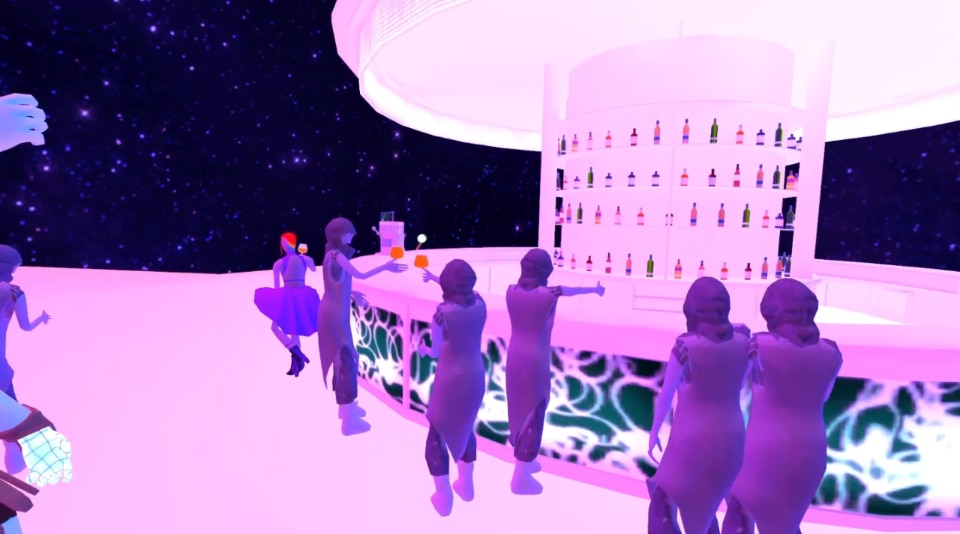
Rosenthal, constantly exposed to the visor, talks about the huge variety of genres and formats of current VR works, which “range from single-viewer experiences to complex multiplayer installations, including lavish sets and actors, and performances set in fantastic participatory VR worlds”. Virtual reality, says Rosenthal, draws on “several existing media, incorporating cinematic visions and participatory aspects of immersive theatre, mixed with the interactivity of video games”, and therefore requires the collaboration of many professionals, including “animators, UX designers, visual and performing artists, musicians and sound engineers, architects and set designers, directors and more.”
To date, the works curated for Venice VR 2021 and Red Sea Immersive come from three different types of communities. There are those conceived by filmmakers or artists, “often made by a creative and production team working with the main artist”; those that come from the gaming industry and which often turn out to be “hybrids between gaming and storytelling”; and then there is the big news of the last two years - the artists working on VRChat, who create environments “that can be shared through plug-ins and a series of assets”, the so-called VR Chat Worlds.
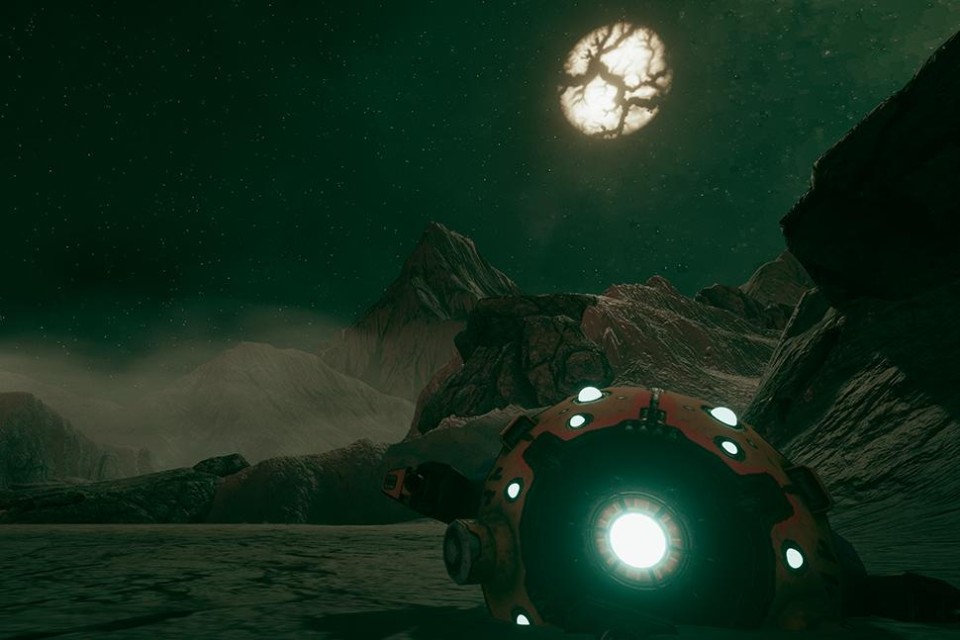
While before the pandemic people were choosing more “location-based” experiences, and “cultural venues, tourist attractions, retail spaces, and festivals” were equipping themselves with VR stations, in the last two years, “as the desire for all things virtual grew” and we found ourselves locked inside our homes with only our screens, developers and creators have “responded to the crisis in ingenious ways” by focusing on interactive 3D environment rendering APIs - such as WebGL - and open source game engines - such as Unity - that allow users to experience VR environments directly from the browser, without necessarily having to wear a visor. Among the works she presented, which you can see in our image gallery, Pandora X (2020) is perhaps the clearest example, a virtual participatory performance that can be experienced on VRChat, in which during lockdown “a cast of professional actors performed live from their homes in the United States, dressed as their avatars”, guiding users through a series of challenges, in search of the hope laying at the bottom of Pandora’s box.
Venice VR is already looking at the Metaverse, but in a critical way. Liz Rosenthal recounts how she, too, has noticed the voracity with which the industry has tried to grab this new slice of the market, while commentators have been “prattling on about what it is, blabbering about XR, social media, multiplayer games, and streaming media” and often muddying the waters. Just like in Silicon Valley, the story is repeating itself today: “no one understands it but everyone wants in”. When it comes to what the Metaverse is currently offering, Rosenthal prefers to spend her time in VRChat, a meeting place from which the logic of investing in NFTs, land, avatar skins, and whatnot has been left out for now, while “the creativity and inventiveness - given the crowdedness of the artists, creatives, and developers - is amazing”.
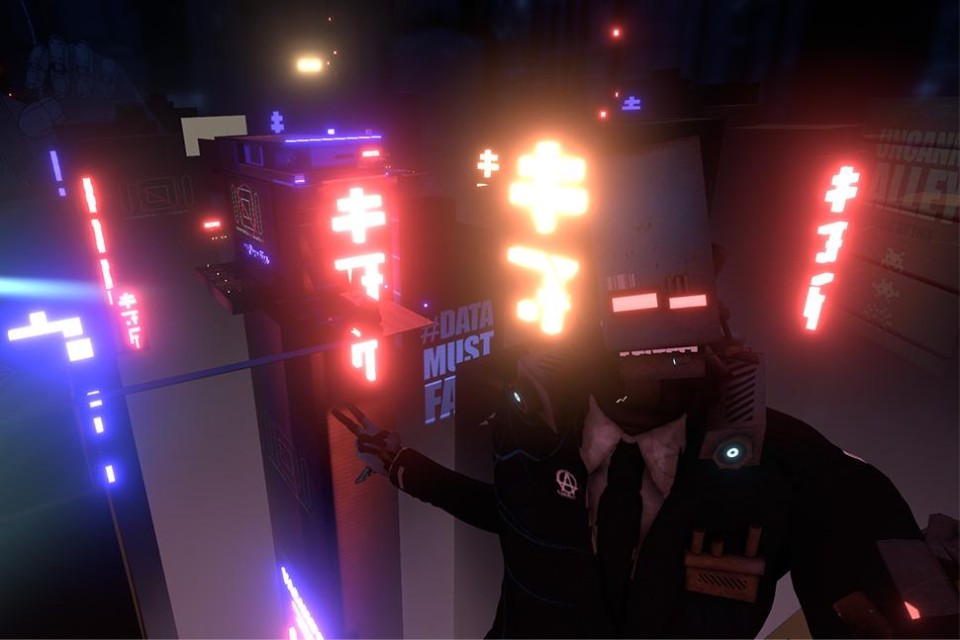
And it was precisely on VRChat that, with Venice VR, she organised a virtual version of the festival and from this year also a new section, the “VRChat Worlds Gallery, a selection of 34 exceptional user-generated worlds, ranging from sumptuous and substantial sci-fi and adventure settings, to complete artworks and immersive music visualisations”. Eight of these worlds have since been brought to Red Sea Immersive. Liz invites us to visit them and support this young creative community.


